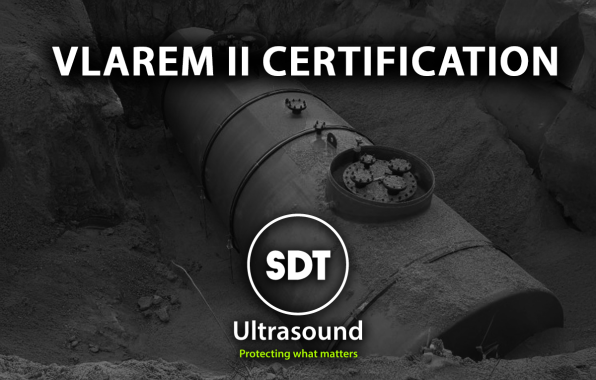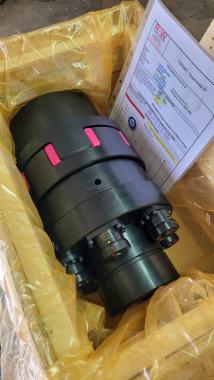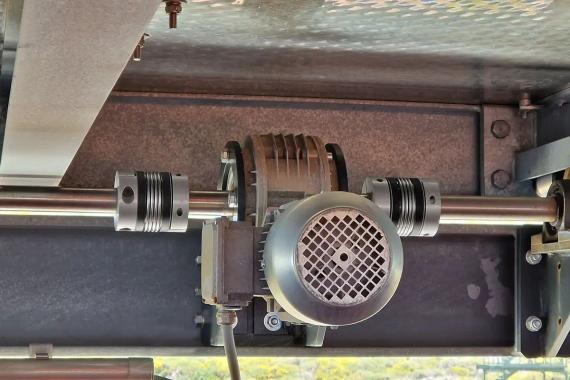3D Scanning for Buildings and Industry: Applications and Benefits
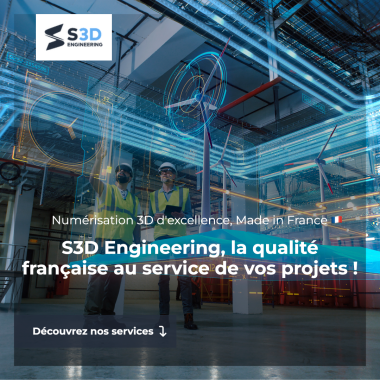
3D scanning has become a key technology in the construction and industrial sectors, particularly for the digitization of large spaces. Used to capture precise data on the structure of buildings and industrial facilities, 3D scanning enables detailed and faithful modeling of physical objects and environments. This technology facilitates planning, design, and inspection, offering significant advantages in terms of accuracy, speed, and cost.
In the context of construction and heavy industry , 3D scanning is particularly useful for renovation, infrastructure management and quality control. Whether for modeling old buildings or verifying complex industrial installations, this technology provides essential added value to ensure the safety, compliance and efficiency of projects.
Principles of 3D Scanning for Buildings and Industrial Facilities
3D scanning uses advanced technologies, such as laser scanning and photogrammetry , to capture data on large structures with millimeter precision. It generates point clouds that are then transformed into usable 3D models that faithfully represent physical structures.
How the 3D Laser Scanner Works
The 3D laser scanner is the most commonly used tool for scanning large spaces such as buildings or industrial facilities. It projects a laser beam onto the surfaces to be scanned and measures the distance between the scanner and the surface based on the time it takes for the beam to return. By combining this information with angular data, it is possible to create an extremely precise 3D map of the scanned environment.
Modern laser scanners can capture millions of points per second, covering large areas in a short time. This speed and precision make 3D laser scanning an ideal solution for large-scale projects in the construction and industrial sectors.
Our other news
See allJoin the largest community of industrial suppliers
- Helping you with your ongoing technology watch
- Provide you with detailed supplier statistics
- Give you international visibility
Discover the largest catalogue of industrial products on the market
- To offer you the best catalogue of industrial products on the market
- To guarantee you a 100% secure platform
- Enable you to have live remote exchanges
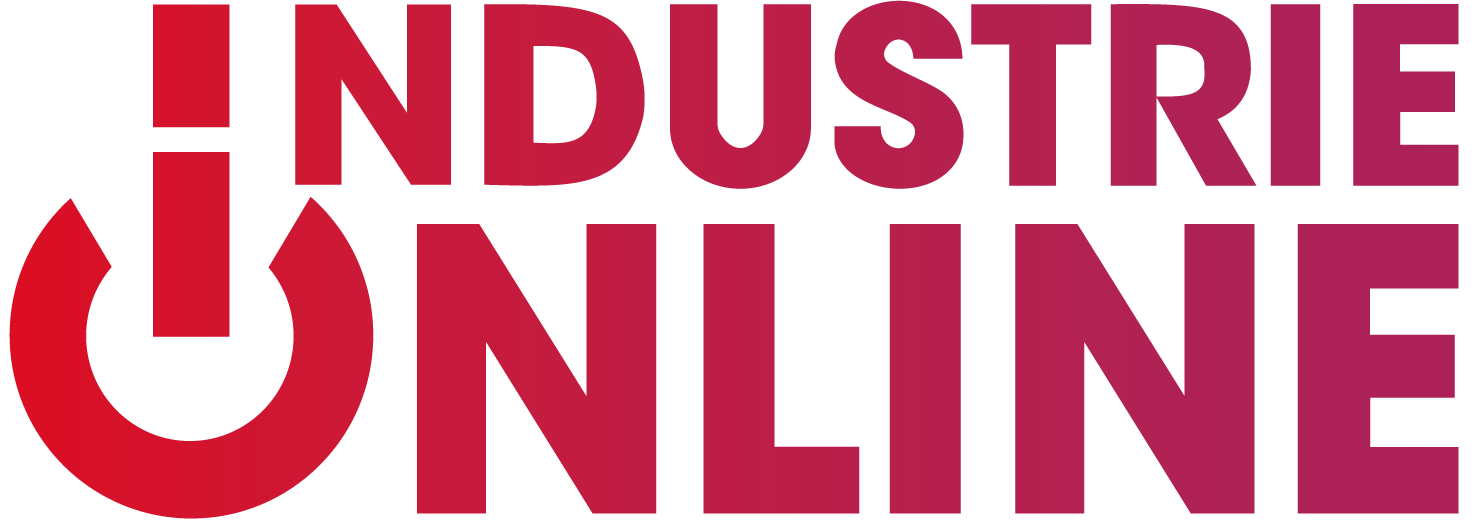

 Français
Français 